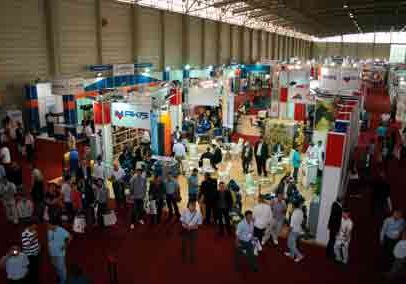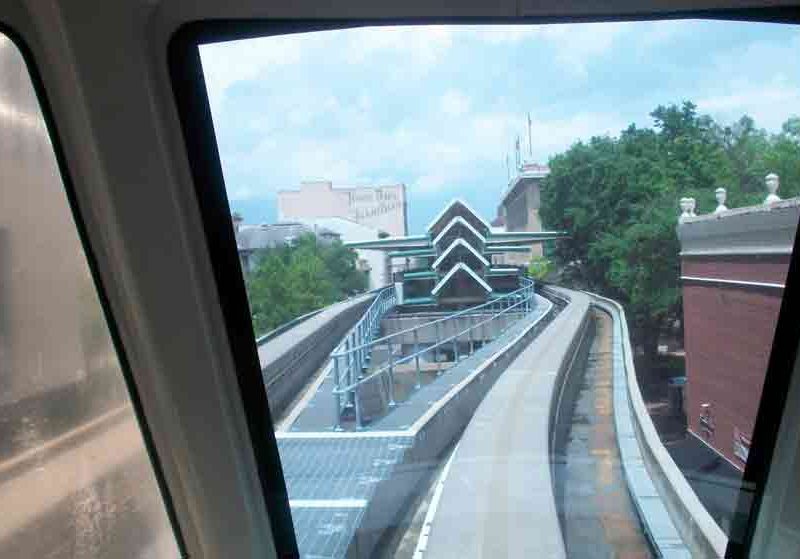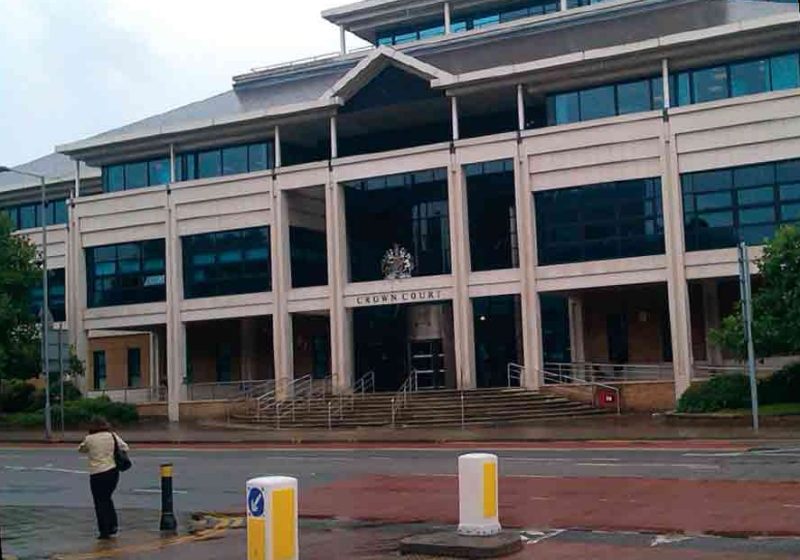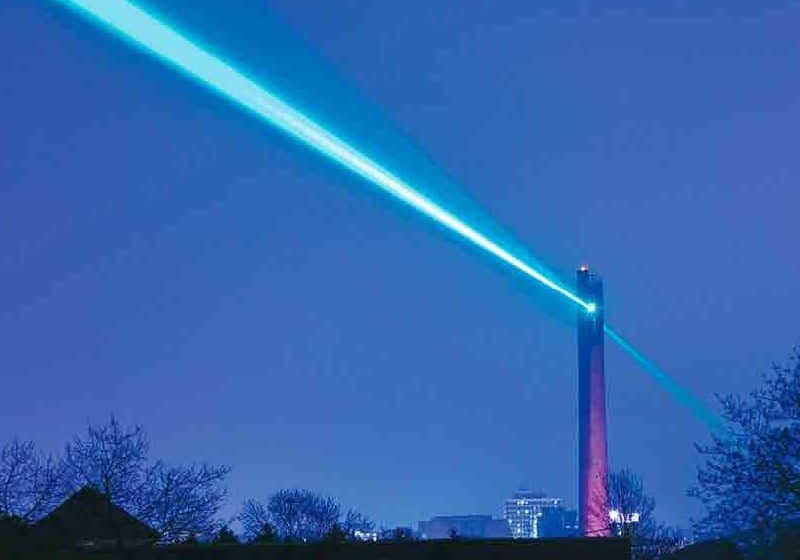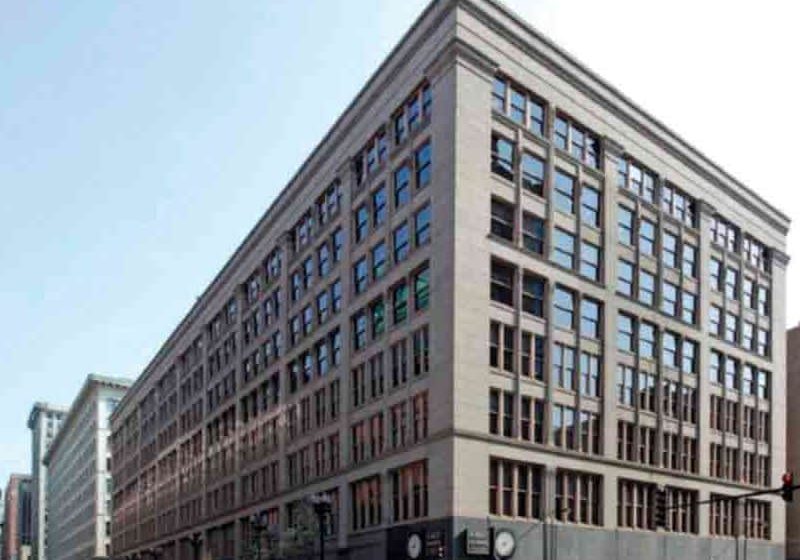The first of a series of reports on the rebuilding of the World Trade Center (WTC) site in New York City.
photos by Joe Woolhead
The November and December 2001 issues of ELEVATOR WORLD include detailed accounts of the September 11, 2001, events and how they affected the elevator industry. Follow-up reports in EW have described personal experiences of those at or near the World Trade Center (WTC) site on that fateful day. And, throughout the following years, many EW issues have contained reports on the cleanup and redevelopment of the WTC site.
Soon after 9/11, I longed for the day when we would be able to provide a detailed report on the rebuilding of the WTC site, the buildings it would contain and the elevator and escalator systems those would include. So, you can imagine how pleased I was when I received an invitation from ThyssenKrupp Elevator to come to New York City (NYC) to see the progress they had made on the installation of the elevators and escalators in One WTC. What follows is the first in what will be a series of reports on the buildings at the site, which includes the accomplishments of ThyssenKrupp Elevator to date. It also describes the elevator and escalator systems included in One WTC and how the rebuilding of the WTC site has progressed throughout the last decade, including excerpts with permission from The Elevator Constructor.
A Walkthrough of One WTC
As I walked through the WTC site and within the still-under-construction One WTC tower with the ThyssenKrupp Elevator employees, my mind wandered back to what had been on this site prior to 9/11 and what was lost. My sadness passed as I saw the spirit and enthusiasm in the people around me in the process of rebuilding the WTC buildings. I, along with all other New Yorkers, are grateful to the entire ThyssenKrupp Elevator team and their counterparts in the other construction trades who are rebuilding this area of our beloved city and bringing downtown NYC back to life.
WTC Site Redevelopment
Excerpted with permission from The Elevator Constructor
During the years following 9/11 and after considerable discussion between NYC officials and real-estate developers, it was decided the 16-acre WTC site in lower Manhattan would be rebuilt. The final approved plans for the site envisioned a centerpiece main building and four surrounding buildings, a memorial to those lost on 9/11, a museum and a major downtown NYC transit hub. Numerous architects submitted plans for the site, and, ultimately, the master plan developed by David Libeskind and the concept for the centerpiece structure designed by David Childs were selected to be built. Childs’ design, originally identified as the Freedom Tower and now called One WTC, consists of a 105-floor office building, on top of which will be placed a 400-ft.-tall communication antenna. When completed, the total height from ground level to the top of the antenna will be a symbolic 1,776 ft.
There will be a great deal of additional symbolism at the WTC site when all of the buildings and the memorial are completed. The National September 11 Memorial, which has been completed, consists of two fountains, surrounded by bronze plaques engraved with the names of those who died during 9/11. These two fountains sit on the exact footprints of the towers that were destroyed. And among the trees that surround the fountains, the “Survivor” pear tree, originally planted at the Twin Towers 30 years ago and nursed back to health after the 9/11 attacks, has been replanted. Most important was the consideration given to public safety in the design of the new buildings at the WTC site – in particular, of One WTC.
At the insistence of the NYC Police Department, the base of One WTC consists of a 187-ft.-high concrete shear-wall structure shrouded with stainless-steel panels and blast-resistant glass. The entire core of the building consists of 3-ft.-thick, reinforced-concrete walls. Extra-wide pressurized stairwells (some of which are exclusively for use by firefighters), biological and chemical filters provided throughout the ventilation system, and pressurized elevator hoistways are among the special safety features of One WTC. Many of these features will also be incorporated into the design of the other buildings on the site.
From May 2010, construction of the tower moved along at a steady pace of about a floor a week, and when the antenna is in place, the building’s height will surpass that of the Twin Towers by more than 400 ft. and make it the tallest building in NYC. It will also be taller than the Willis Tower in Chicago, which is currently the tallest building in the U.S.
The vertical-transportation systems in One WTC provided by ThyssenKrupp Elevator consist of 71 elevators and 11 escalators. Five of the elevators will have a capacity of 4000 lb. and run at 2,000 fpm. They will have a travel of 1,293 ft. and be the fastest in North America. The New York Times has reported that the vertical-transportation contract for One WTC was in excess of US$88 million. ThyssenKrupp Elevator has also provided seven elevators and five escalators in the below-grade 9/11 memorial museum. Under the leadership of Project Manager Joe Bremen; Construction Superintendent Mike DeNardo; Foremen Joe Majerscak, AL Jennings, Bill Bottiglieri, Dennis Chatfield, Pete Goetz, Doug Lanahan and Ron LeCardi; and Head Adjuster Mike Siegler, a team of 90 ThyssenKrupp Elevator mechanics is scheduled to complete the project by 2014.
As one walks through the WTC site, the pride of those working on the project, and their spirit and dedication to rebuilding the site is evident. All the construction workers wear reminders that they will never forget those who died on what has become hallowed ground in and around the buildings under construction. And, a memorial has been set up to honor Charles Costello, a ThyssenKrupp Elevator employee who died during 9/11. Although he was not working on the WTC site on 9/11, Costello reportedly went into one of the towers to assist with the rescue operation and died during the building’s collapse.
Another ThyssenKrupp Elevator employee bears a full-portrait tattoo of his brother, an NYC firefighter who died at the site. The elevator-industry personnel, along with all the other construction tradespeople working at the WTC site, are dedicated to the task of rebuilding it into something of which we will all be proud. The new WTC buildings will be a tribute to the victims of 9/11 and an assurance that they will never be forgotten!
One WTC ThyssenKrupp Elevator Fast Facts
- The project represents a global engineering effort for ThyssenKrupp Elevator with participation from countries including Brazil, Canada, Germany Italy, South Korea and Switzerland.
- ThyssenKrupp Elevator will provide 73 elevators and 11 escalators
- One WTC’s elevators consist of 5 geared, 64 high-speed gearless and 4 hydraulic elevators.
- The largest motors on the project weigh 50,000 lbs.
- The project will feature the fastest elevators in North and South America (5-J Bank elevators – 10 MPS/2,000 FPM).
- More than 198 miles of steel hoist ropes will be used on the elevators.
- Destination Dispatch technology will be used for 58 of the 64 passenger elevators, managing passenger access and traffic flow while incorporating multiple levels of security.
- The elevators in 1 WTC will have the capacity to transport 15 percent of the building’s occupants in a five-minute period.
- Four hundred ThyssenKrupp Elevator employees will be involved in the manufacturing and installation of the elevators.
Get more of Elevator World. Sign up for our free e-newsletter.



